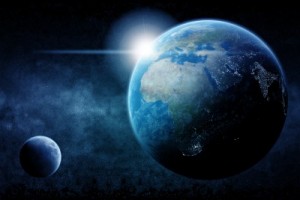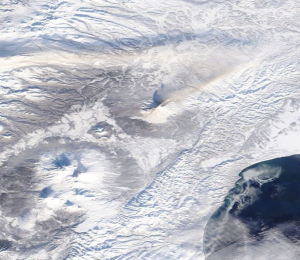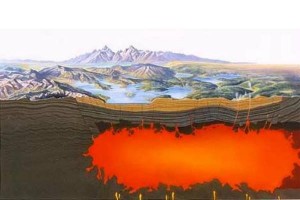No one wants think about natural disasters destroying life as we know it. Life on Earth is awesome – our planet is filled with so much beauty, magnificence, and miracles.
Most of us choose to think about natural disasters later. The majority of us believe that major Earth events won’t happen in our lifetime, but too few have considered what our children or grandchildren may go through.
Forecasting The End
Here is the link to The Weather Channel’s short clips from their evening series, Forecasting The Future. This is an excellent Cliff’s Note education about what can happen to our planet.
Tips To Shift With Major Events
You can begin NOW making the much needed changes that can save you, your family, and your future loved ones from fear and discomfort.
- Get involved with local politics and secure that your community leaders are on their game concerning environmental and future development;
- Good local government bleeds into better state governments, which moves up the ladder into federal government;
- Spend your money supporting local farmers, shops and venders;
- Install alternative energy in your schools, homes, and businesses, and get off the global oil and gas grid;
- Bank with credit unions, local and small banks;
- Keep cash and small change on hand;
- Relocate from coastal areas, and encourage local governments to stop developing along rising shorelines;
- Keep stored water and dry foods/dry goods for two weeks of an emergency supply per household for both you and your pets.
Earth changes are nothing to be scared of – they are something to understand better so you can be more prepared.
Prepare for the inevitable, now and for the future, and go back to enjoying a wonderful life on this magnificent planet.

Our Earth is a magnificent planet – enjoy it.


